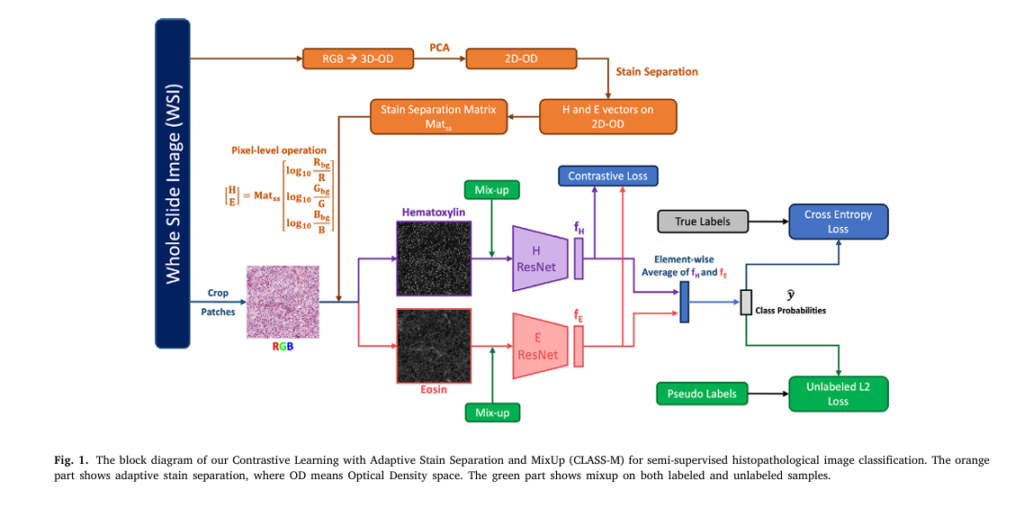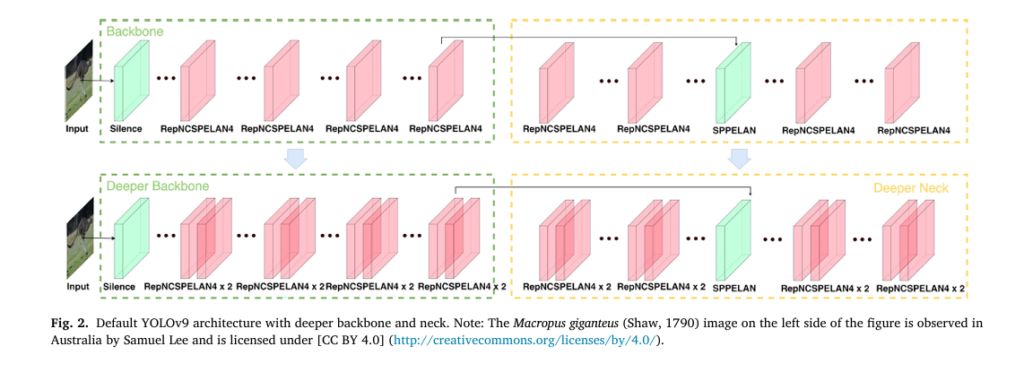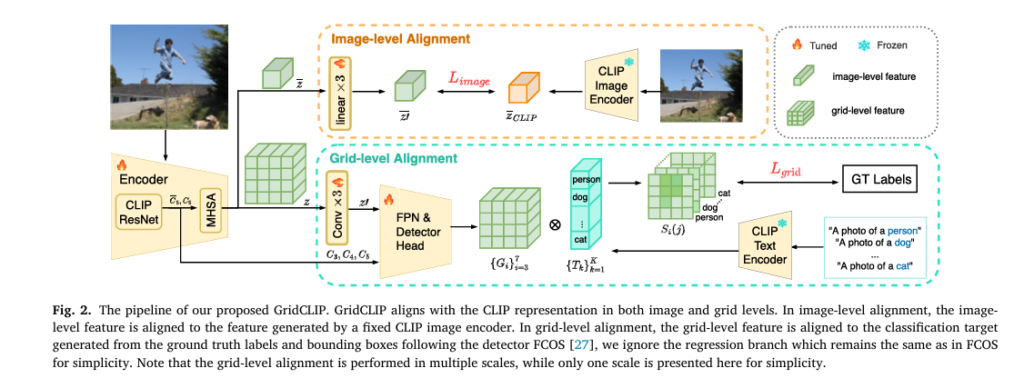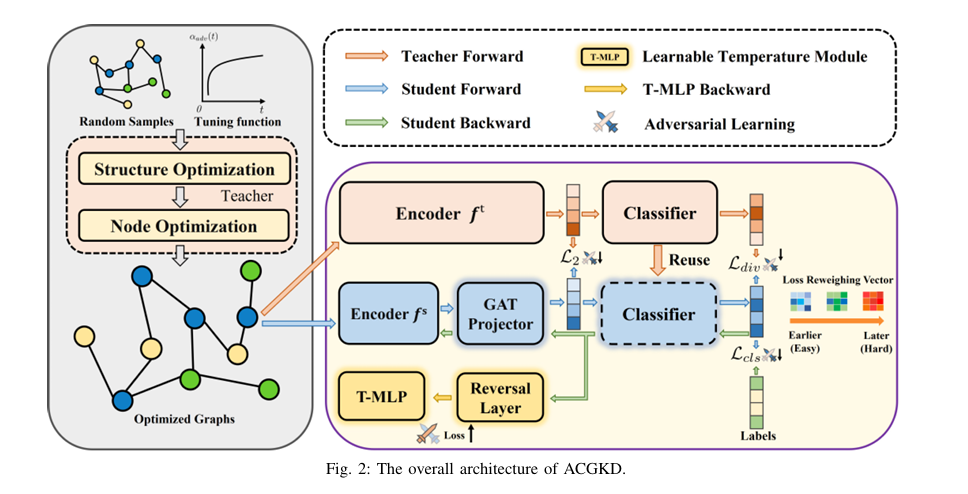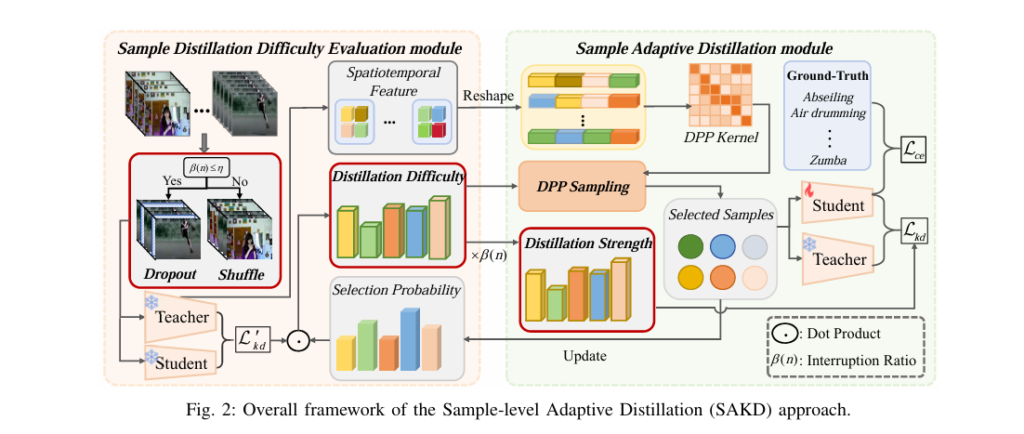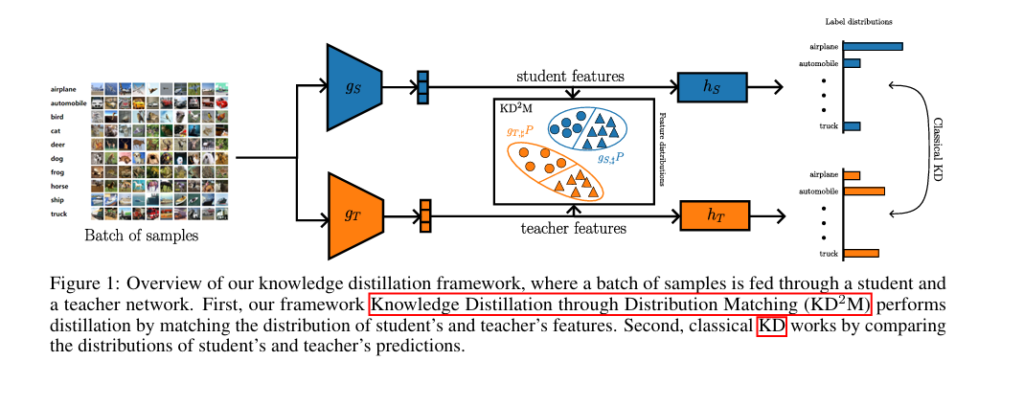7 Revolutionary Breakthroughs in 6DoF Pose Estimation: How Uncertainty-Aware Knowledge Distillation Beats Old Methods (And Why Most Fail)
In the rapidly evolving world of computer vision, 6 Degrees of Freedom (6DoF) pose estimation has become a cornerstone for applications ranging from robotic manipulation and augmented reality (AR) to autonomous spacecraft docking. Yet, despite significant advances, a critical challenge remains: how to achieve high accuracy with compact, efficient models suitable for real-time deployment on […]


